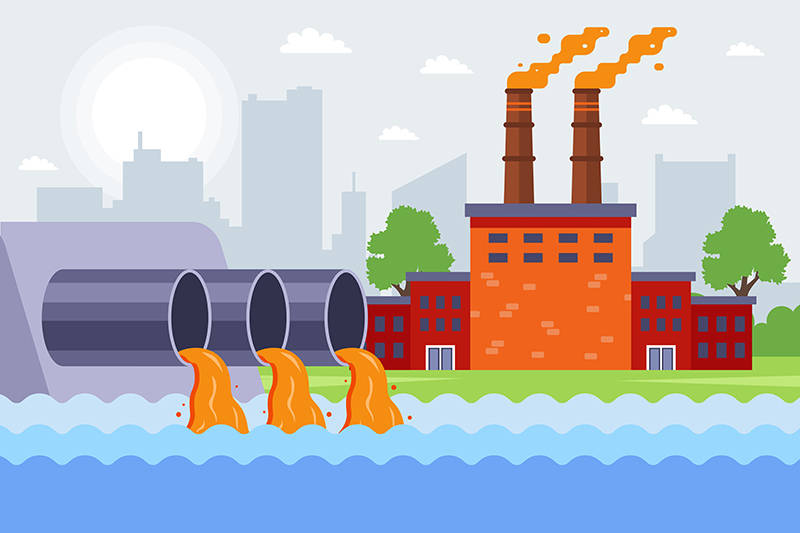Exploring the Applications and Benefits of Partially Hydrolyzed Polyacrylamide in Various Industries
The Role of Partially Hydrolysed Polyacrylamide in Modern Applications
Partially hydrolysed polyacrylamide (PHPAM) has emerged as a versatile polymer in various industrial applications due to its unique properties and favorable characteristics. This water-soluble polymer is produced through the partial hydrolysis of polyacrylamide, resulting in a compound that combines the benefits of both ionic and non-ionic properties. The applications of PHPAM span across several sectors including water treatment, enhanced oil recovery, agriculture, and cosmetics.
The Role of Partially Hydrolysed Polyacrylamide in Modern Applications
In the oil and gas industry, PHPAM plays a significant role in enhanced oil recovery (EOR) methods. It is widely used as a viscosity modifier in water flooding processes, which are employed to increase oil extraction from reservoirs. By increasing the viscosity of the injected water, PHPAM helps in mobilizing the trapped oil more efficiently. This results in improved oil recovery rates and extends the life of oil fields. The compatibility of PHPAM with various brines and the ability to function in a range of temperatures and salinities make it an ideal choice for challenging reservoir conditions.
partially hydrolysed polyacrylamide

Agriculture is another sector where PHPAM finds its application, particularly as a soil conditioner and water retention agent. The polymer's ability to absorb and retain moisture helps to improve soil health and structure. This is particularly beneficial in arid and semi-arid regions where water scarcity is a pressing issue. By enhancing the water-holding capacity of the soil, PHPAM aids in promoting root development and improving crop yields. Moreover, it can also help in preventing soil erosion, thus contributing to sustainable farming practices.
In the cosmetics industry, PHPAM is utilized as a thickening agent and film-forming agent in various personal care products. Its unique properties allow it to enhance the texture and stability of formulations, making it an essential ingredient in creams, lotions, and gels. Additionally, PHPAM has been researched for its potential in controlled release systems, which can improve the efficacy of active ingredients in cosmetic products.
Despite its many advantages, the use of PHPAM must be managed carefully to mitigate any potential environmental impacts. As with any synthetic polymer, concerns regarding biodegradability and long-term effects on ecosystems arise. Ongoing research aims to develop more sustainable alternatives and improve the environmental footprint of PHPAM usage.
In conclusion, partially hydrolysed polyacrylamide is a multifaceted polymer that has significantly impacted a wide range of industries. Its unique properties facilitate enhanced performance in water treatment, oil recovery, agriculture, and cosmetics, making it a valuable asset in modern applications. However, balancing its benefits against environmental considerations is crucial for ensuring its sustainable use in the future. As advancements in material science continue, PHPAM's role is expected to expand, offering innovative solutions to contemporary challenges.
-
The Power of Isothiazolinones in Modern ApplicationsNewsMay.08,2025
-
Flocculants in Water TreatmentNewsMay.08,2025
-
Flocculants and Chemical Solutions: What You Need to KnowNewsMay.08,2025
-
Flocculants and Chemical Solutions: A Growing IndustryNewsMay.08,2025
-
Essential Chemicals: Polymaleic Anhydride and MoreNewsMay.08,2025
-
Acrylic Polymers: Essential Solutions for IndustryNewsMay.08,2025





